Lumeria
"The Lost Age of Legends"
Between the time of Celene's arrival on Gothenya and the dawn of modern civilization, legend has it that a "hidden" age existed... The Age of Legends.
We do not have an accurate historical timeline for exactly when the Age of Legends is said to have existed, however through the study of relics and ruins attributed to the Empire of Lumeria, it is thought to have lasted as long as ten thousand years.
Sometimes called the "Espurnian Era", The Age of Legends is marked by the rise and fall of the (possibly fictitious) Empires of Lumeria and Espurnia. From the few public accounts of the Custodians, Lumeria is said to have spanned the entire world at its height, with major kingdoms in Hariel Minuta and Golthien. This is based upon ruins left behind, many of which lie in the vast Wastes of Veric. Because of the treacherous and inhospitable nature of the desert wastes, only small portions and samples of what is assumed to be vast troves of relics and antiquities have been culled from the region.
However, on Golthien, there are far more sites of significant historical finds. This is largely due to the scouring of the land from the Lentokki blood magic uncovering buried secrets. It is known that the Lentokki have a great interest in the fallen civilization, and have many teams excavating various sites across the countryside. Relics and finds from similar sites have commanded huge prices in Lentokk. In the West, archaeological finds connected to Lumeria also draw high coin in such places as Varuumae Corona and Sage.
What little is known of Lumeria comes directly from the remnants of The Methanok Empire, which thrived during the era. Its ruins and relics seem to suggest that it was an empire of expansion; one that conquered (or attempted to conquer) the world. For further information about Methanok, see both Aar Tethlan & the Fall of Methanok and The Tapestry of Meeros Tilva.
Records of any smaller civilizations preceding Lumeria are unknown, and it is assumed that the conquerers either were the first to record their history in any form, or simply destroyed that of the nations they absorbed. In any case, it is quite likely that the spread of Lumeria across the globe was a rather violent one.
As to the written records of Lumeria itself, most are held by the Custodians. The nature and volume of these records is a mystery that the Custodians are rather cagey about, even with the leaders of nations.
The Fall of Empires
Little is known as to the nature of what event caused the fall of the Empires of this era. It is widely speculated that Espurnia fell to Lumeria (which by that time was often referred to the Methanok Empire), as fossilized remains depict a battlefield amongst the ruins of Espurnia. One where the primary casualties were Espurnian in nature. Of Lumeria, we have to speculate to a greater degree. The best source for a potential cause lies within some of the (scarce) literature recovered from various ruins. These tales, as best as they can be reconstructed, depict cities falling to the Titans (giantkin and dragons). This lines up with the suspected advent and rule of these enormous entities. The titans are believed to have walked the lands before the primary demi-humans (elves, isagorn, etc), and were further thought to have attempted to conquer the world. It is quite possible that their rise could have spelled the end of the Lumerian Age. Shortly after, it seems, the great exodus of the titans began, possibly in direct response to their attempted dominion of man. It is oft said that the gods chose to punish their mighty children after the titans ran rampant over the lands, overstepping their bounds. Perhaps the fall of Lumeria was the final straw...RUINS AND RELICS
Various archaeological finds have been attributed to Lumeria over the years, but many have been proven false. Amongst those that have been verified, many are early weaponry and the ruins of defensive positions (such as citadels, castles and keeps). The militaristic nature of these discoveries furthers the suggestion that the empire was bloody in nature, at least until there were none left to conquer. Though there is no available (to the public, at least) literature from the era, there is artwork. Paintings and frescos survived the ages, some of which are now on display in both the royal museum of Wyeth (in Angleport) and the museum of ancient history in Varuumae Corona. Most artwork depicts great battles between what is assumed to be the fighting men of Lumeria and a variety of great beasts. History suggests that these beasts may indeed be the giants and dragons widely believed to have been the "sentries" of the gods themselves, sent to Gothenya to presage their celestial arrival. Is it possible that these titans spelled the end of the great civilization? This is where history becomes muddy, as according to most belief systems, the age of giants and dragons predated that of man. It seems odd that a world-spanning civilization could arise when the titans still roamed the world in great numbers. Perhaps the Lumerians had something, a great weapon perhaps, to aid in their battles against the soldiers of the gods? The notion of a "super weapon" is suspected to be the driving force behind the Lentokki interest in historical antiquities from the Age of Legends. As of yet, nothing of the sort has been discovered, but the notion that the God Kings could attain such a thing is the subject of many scary bedtime stories across the lands.Summary
The ancient civilization of Lumeria, though mostly legend, is said to have pre-dated history as we know it. At it's height, it must have spread across the entire globe, as artifacts, relics and ruins have been found on every continent and large island on record.
Historical Basis
We have only the Custodians and but a few excavated sites of interest to base our knowledge of this fallen empire upon. The fact that the finds span the entire world, and have been recovered in regions as remote as Chult, suggests the scope and size of Lumeria. It is thought that their may be more to discover in the most inhospitable regions, such as The Ultima Thule and The Wastes of Veric.
If anything, since the Ultima Thule is home to both giants and dragons, it is believed that records from their own histories and artwork might include entries about their presumed enemies from Lumeria.
Spread
Though much of the history of Lumeria is a well-guarded secret, one cannot hide some of the various ruins and oddities that dot the lands. One of the most prominent is the twin statues called "The Guardians of the West," which mark the eastern edge of Jomor, in Hariel Majour. Another is the "Fallen Seer of Veric" within the desert wastes.
Variations & Mutation
Often associated with Lumeria is the legend of the Methanok Empire in the south of Hariel Minuta. And the most common story told when historians speak of Methanok is the legend of Inhopthek. Whether this story is just a fable of its time, recovered from the sands of history, or an actual account of our world's past, is up for conjecture...
Inhopthek the mighty was once a slave of the Methanok Empire, the old ones from beyond the veil. He fought the mighty god king, Xanalanthi Xanaloth, destroying him and freeing his people. They wished to name him ruler, but he refused, not wanting to ever place his people under the dominion of mortals again, for he only answered to his god, Xinilath, who we today know as Yareus. Yareus is known to have fought the lords of darkness, including the brothers Ryktuss and Krytuss. Xanalanthi Xanaloth was once called “he who shall not be named” and was largely forgotten by history after his destruction. It is said that he might not even have been human, though few know for certain.Inhopthek's sarcophagus was recovered and is currently displayed in the Natural History Museum of Angleport. From the exhibit notes...
Recovered from the vast wastes of Veric, south of Varuum, his tomb was unmarked and seemingly hidden, even before the elements took their course. Once the tomb was entered, the excavation team encountered various failed traps set to dissuade intruders from plundering the crypt. When found, the mysterious chamber of the pharaoh contained no treasures, but a simple, unadorned sarcophagus, sealed with multiple locks, some of which seemed to have at one time been set with arcane wards that had long worn off. A strange mystery presented itself, for how strange is it that such a simple tomb, bereft of apparent treasure, would have so many protections placed upon it. Perhaps raiders had long ago plundered its treasures, though no sign of previous intrusion had been found. We wouldn’t even know the identity of the sarcophagus’ occupant if it weren’t for the few faded words still legible on its surface. Inhibistis Inhopthek. “Holding Inhopthek.”From the sarcophagus of Inhopthek... LUMERIAN EMPIRES Outside of the Empire of Methanok, which dominated the western world, other empires arose in the south and the east. Powerful arcanists, magi, thaumaturges, masters and the like sought to capture the Eret Si’Nu thought native to certain species of reptiles. For some reason, reptiles have a particular affinity for the consumption and refining of the Eret Si’Nu. Some even believe that these reptiles are not of terrestrial origin. In any case, many sorcerers banded together in an attempt to harness this untapped resource. Seeing this, many of the gods adopted aspects or personas in line with that of the Serpent Gods many sorcerers believed seeded the world with alien life. These new gods (merely aspects of the original Celene gods) became patrons to the serpent and lizard obsessed sorcerers. As these magicians got closer to the divine, they began to take on reptilian aspects of their own. This is, allegedly of course, how the first serpent and lizard men came into being. All this is legend and conjecture, naturally, but it has the ring of truth, as several alive today, immortals amongst men, continue to bear witness to the transformation of man into reptile. In the east, the Houlon Empire came about as humans conquered their reptilian masters, at the end of the Lumerian Age. In the south, man repelled the slavish cults of reptiles that promised to engulf the lands. Today, some think the reptilian threat is gone, vanquished by the power of man and god in the Age of Destiny. But others know the truth. The reptile men never went away, they just retreated into secrecy. Waiting for a time when they can make their stand. When reptiles retake the world they nearly enslaved, all those many centuries past. The reptile gods are still worshipped, albeit in secret. The ranks of these cults are beginning to swell once more. Particularly in the south of Hariel Minuta. Not to be confused with their reptile counterparts, amphibious gods are not related to reptile gods. They are in fact demons. Their flock, however, are transmuted men, changed by demonic forces to appear closer to those they worship. Similar in nature, the gods of the sea, specifically the lords of fish folk such as Dagon, are also demonic in origin, not godly (perhaps powerful enough to be considered demigods).translated by Perren, priest of Yareus, the Lord of Life.
Cultural Reception
The stories of Methanok are mostly known (widely at least) only in the south. However, with recent exhibits, perhaps the north will begin incorporating its legends within the larger canon of Lumerian lore.
In Literature
Many believe the Custodians to have far more documents, both historical and literary, in their "safe keeping" than they profess to possess.
Date of First Recording
The date of the first Lumerian legend coming to light has been lost to time. Beyond that, many cultures have attempted to take credit for the discovery.
Date of Setting
Before recorded time. Speculation places Lumeria at least 40,000 years in Gothenya's past.
Related Locations
Related People
Related Items
Remove these ads. Join the Worldbuilders Guild

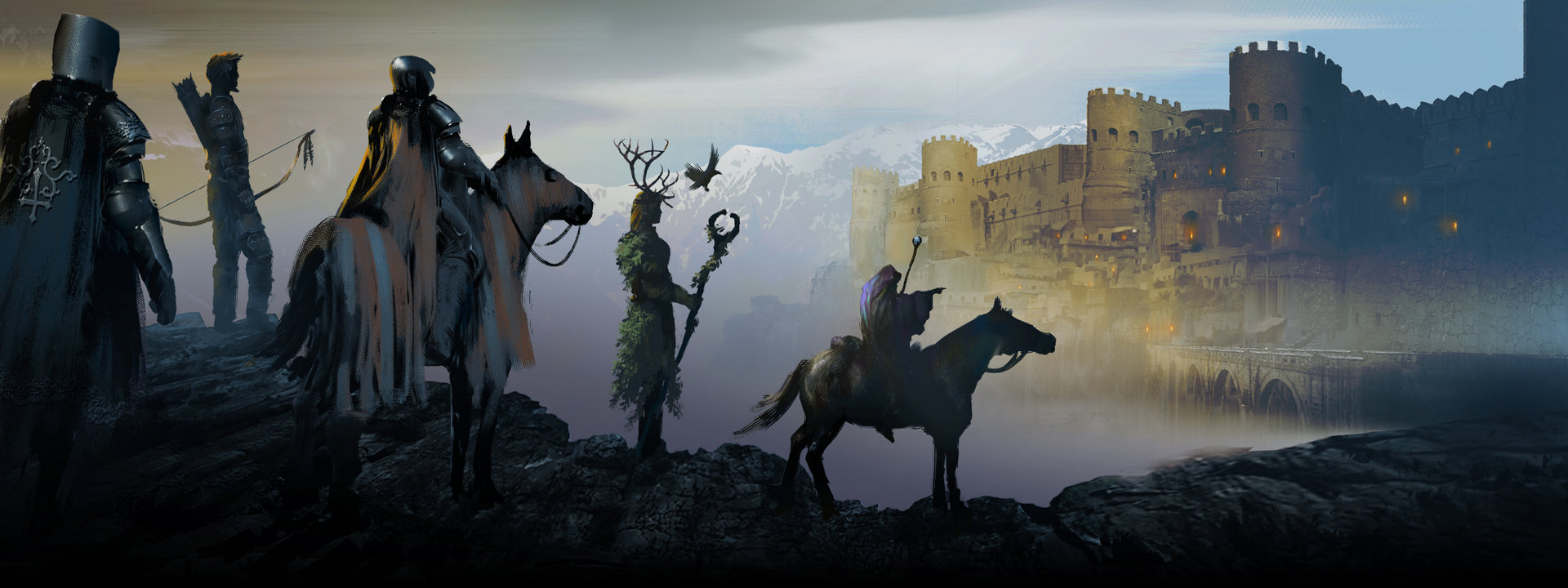


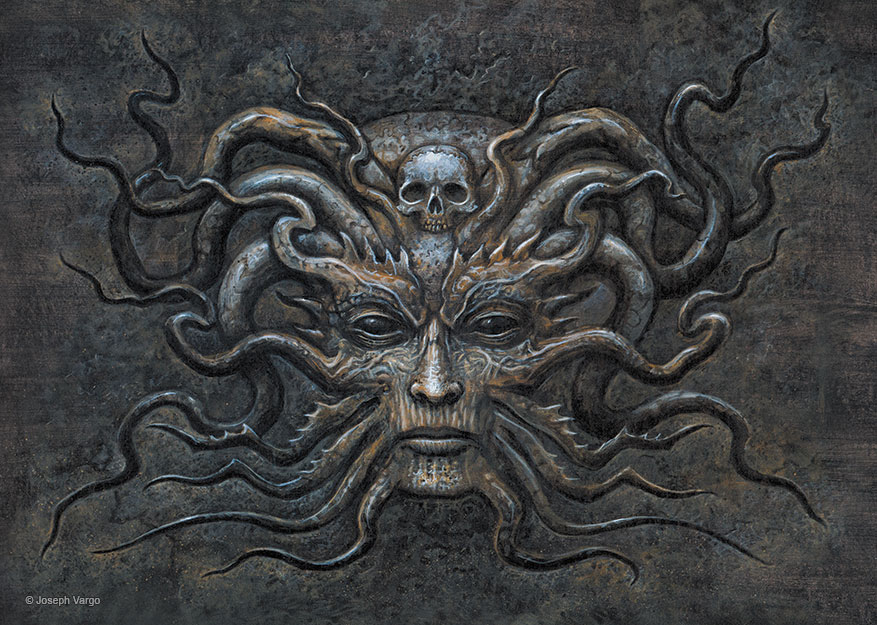


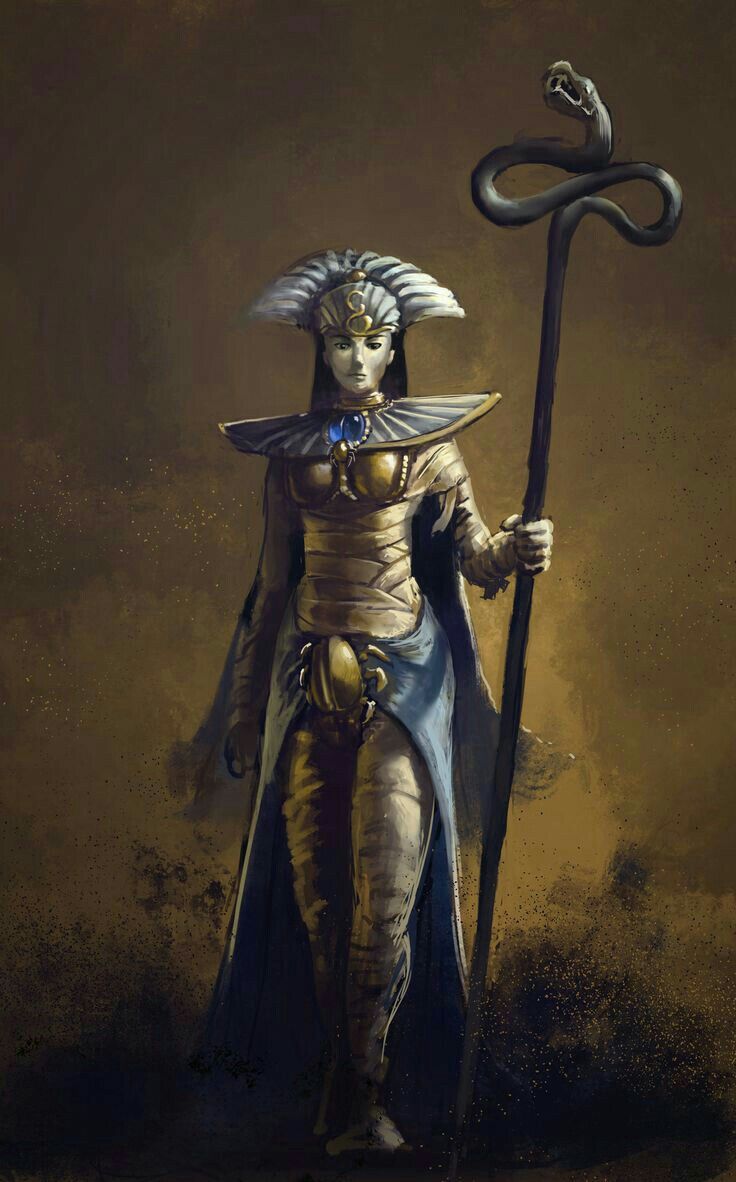
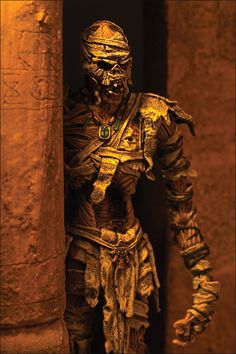
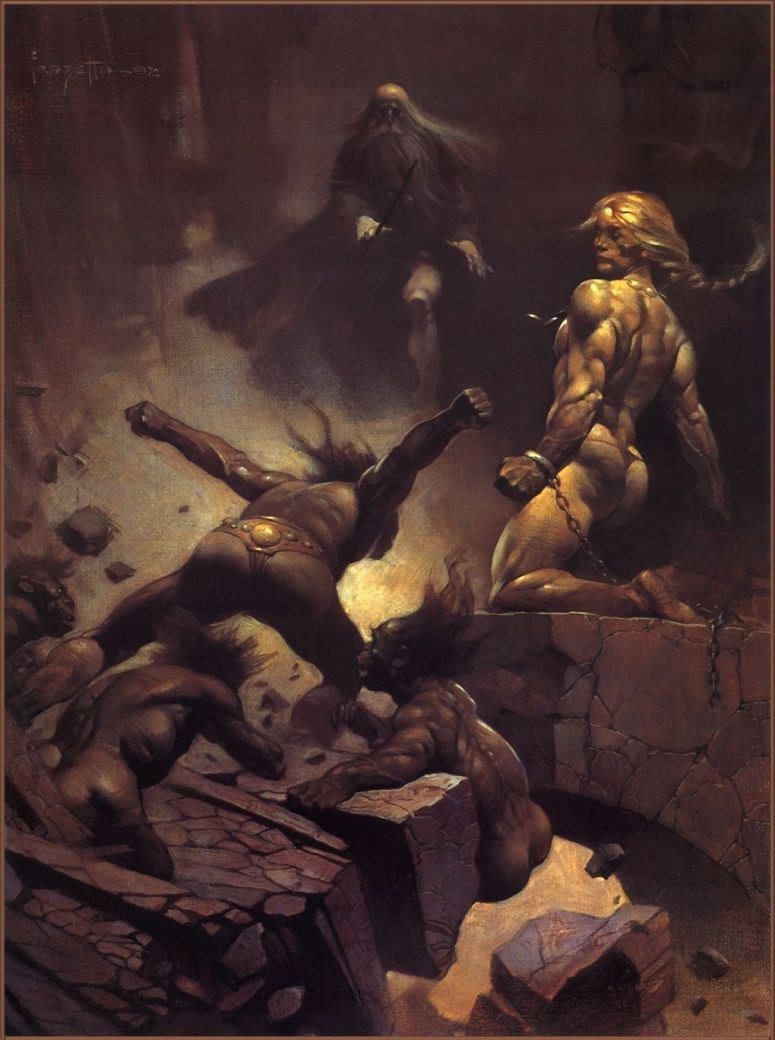

Comments